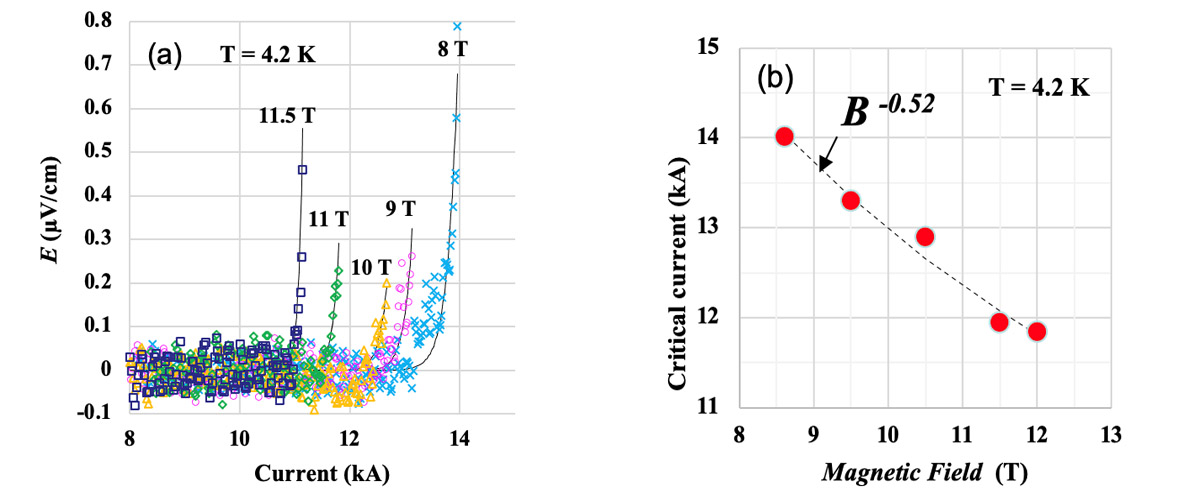What did scientists discover?
Using optical spectroscopy in pulsed magnetic fields, researchers found that electrons in the atomically-thin semiconductor tungsten diselenide (WSe2) can exhibit new types of collective interactions by coupling to not just one, but multiple reservoirs of so-called "distinguishable" electrons.
Why is this important?
Generally two electrons with the same momentum and spin orientation are indistinguishable and cannot occupy the same region of space. In contrast, two electrons with opposite spin direction are distinguishable, and can overlap in space and interact accordingly. Usually, interactions occur between an electron and a single reservoir of distinguishable electrons. However, in the atomically-thin semiconductor tungsten diselenide (WSe2), four types of electrons are possible: spin-up or spin-down, with momentum +K or -K. This allows electrons to form entirely new types of multi-particle states by interacting simultaneously with multiple electron reservoirs that are quantum-mechanically distinguishable, opening a frontier to new classes of correlated quasiparticle states.
Who did the research?
Jing Li1, Mateusz Goryca1, Junho Choi1, Xiaodong Xu2, Scott A. Crooker1
1National MagLab, Los Alamos National Laboratory; 2University of Washington
Why did they need the MagLab?
The key observation required large magnetic fields to force the repeated filling and emptying of up to three distinguishable electron reservoirs that provided evidence of the new correlated quasiparticle states in this atomically-thin semiconductor.
Details for scientists
- View or download the expert-level Science Highlight, New correlated quasiparticles in an atomically-thin semiconductor
- Read the full-length publication Many-Body Exciton and Intervalley Correlations in Heavily Electron-Doped WSe2 Monolayers, in Nano Letters
Funding
This research was funded by the following grants: G.S. Boebinger (NSF DMR-1644779) S. A. Crooker (DOE ‘Science of 100T’ & Los Alamos LDRD); X. Xu (DOE-SC0018171)
For more information, contact Neil Harrison.





